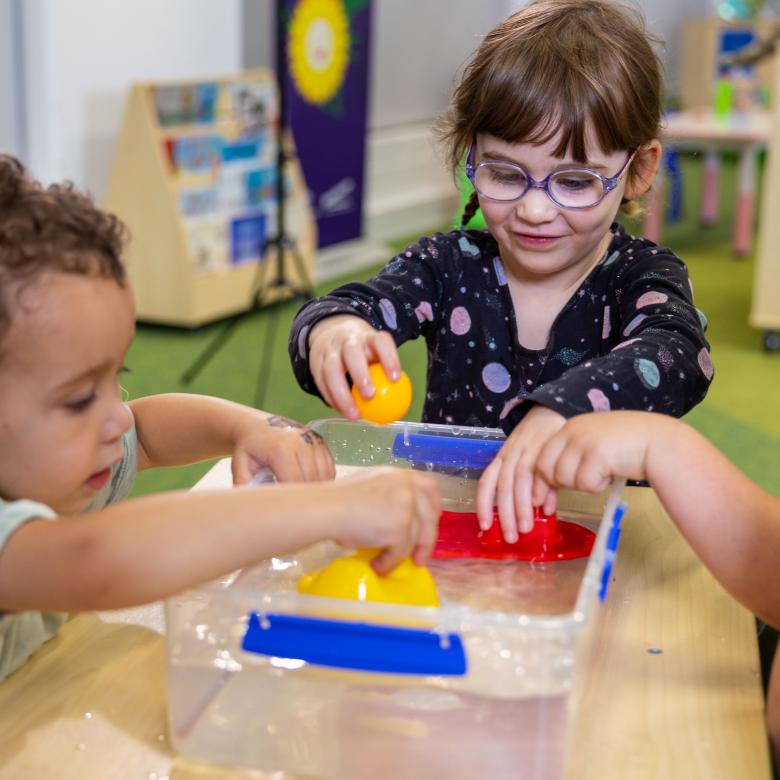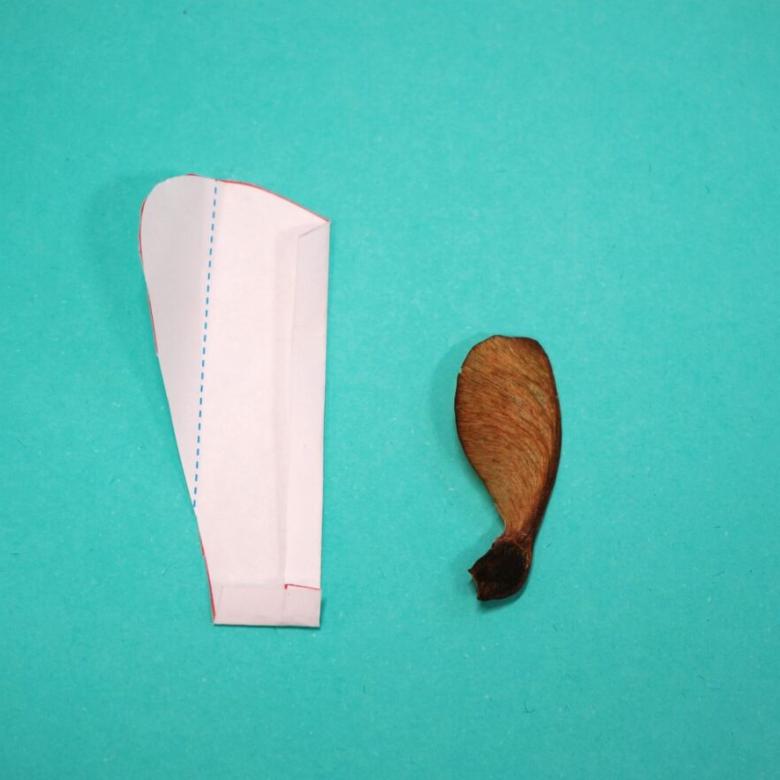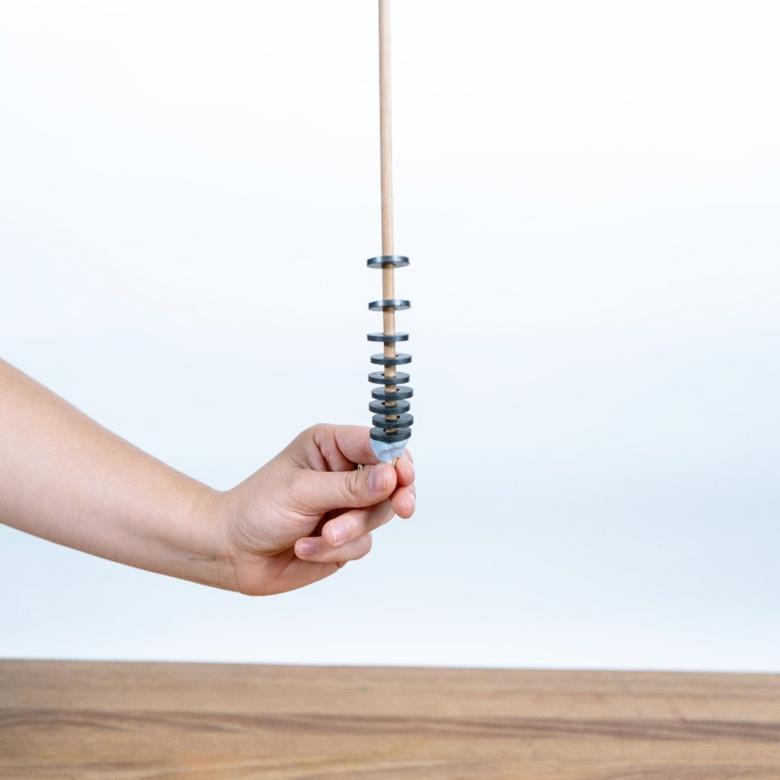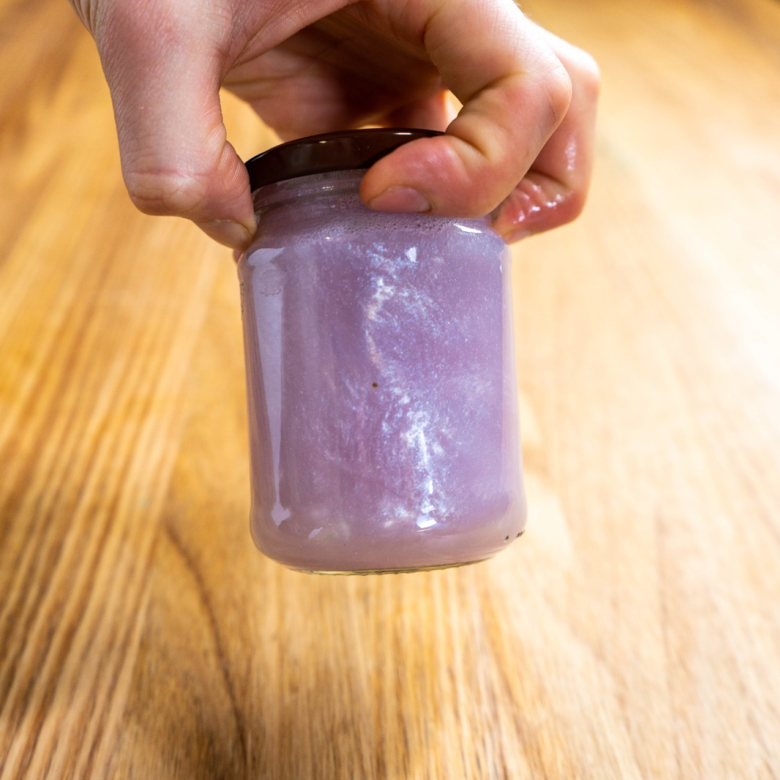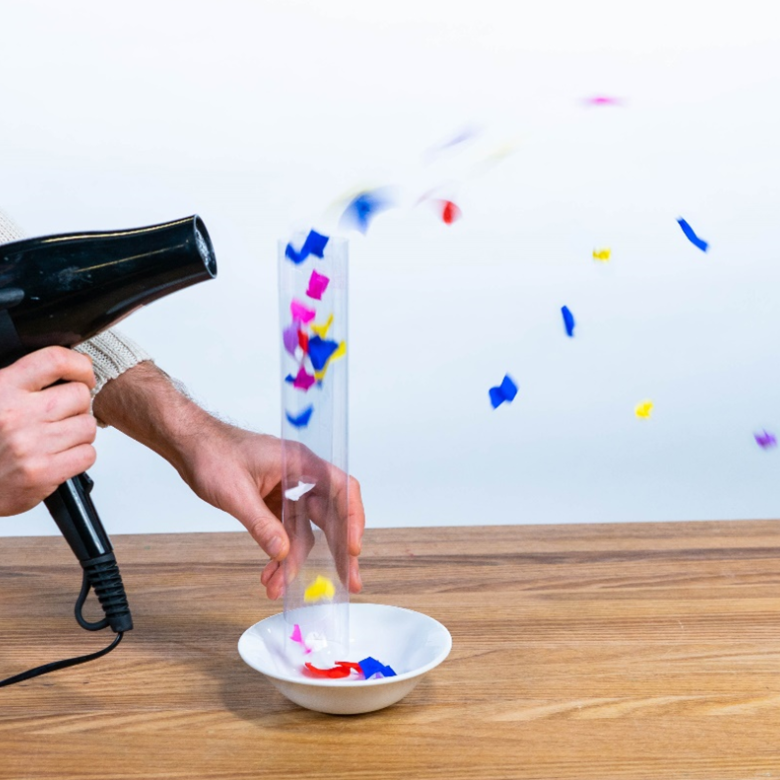You'll need
- A large plastic storage tub or sink filled with water
- Items from around the house to put in the water, such as balls, blocks, cutlery and leaves (don’t use anything that might break or will be damaged by water, such as glass, electronics and valuables)
- Things to make boats with, such as plastic containers, aluminium foil or playdough
- Things to put in your boat, such as Lego blocks or other waterproof toys
What to do
Part 1 – Experimenting with sinking and floating
- Collect items from around the house to test if they float. Check with an adult to make sure the items are OK to put in water.
- Fill the sink or large tub with water.
- Pick up one of the items and feel it. Think about whether it will sink or float.
- Put the item in the water and watch what happens. Try placing it in the water in a different way, and see if the same thing happens.
- Sort the rest of the items into 2 groups: those you think will sink and those you think will float.
- Test each item and see if your guesses were right!
Part 2 – Sinking boats
- Gather your boat-making materials.
- Use a plastic food container or fold some aluminium foil to make a boat. Check that it floats.
- Gently put a toy in the boat. Does anything happen to the boat?
- Try putting more toys in, one at a time. Watch what happens to the boat.
- Experiment with how many things you can put into your boat before it sinks.
Questions to ask
Why do you think some items float and others don’t?
Use your senses to observe each object. What do you notice about the ones that sink?
What do the items that float have in common?
Try boats of different shapes and sizes. Do some boats hold more toys than others before sinking? Why do you think this is?
Could you change anything to help your boat float for longer?
What's happening
Whether something floats or sinks depends on how heavy it is for its size. This is the object’s density. For example, a golf ball is the same size as a ping-pong ball but the golf ball is heavier. This means the golf ball is much denser than the ping-pong ball. A golf ball sinks in water while a ping-pong ball floats. The household items you tested in this activity had different densities. Items that were more dense than the water sank. Objects that were less dense than the water floated.
Each weight you added to your boat increased the weight of the boat without changing the size of the hull. That is, each weight effectively made the boat denser. When the average density of the boat-plus-weights got bigger than the density of water, the boat sank.
A bigger hull can take more weight before its density gets too big, so can hold more things.

